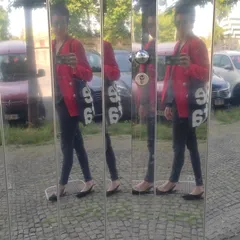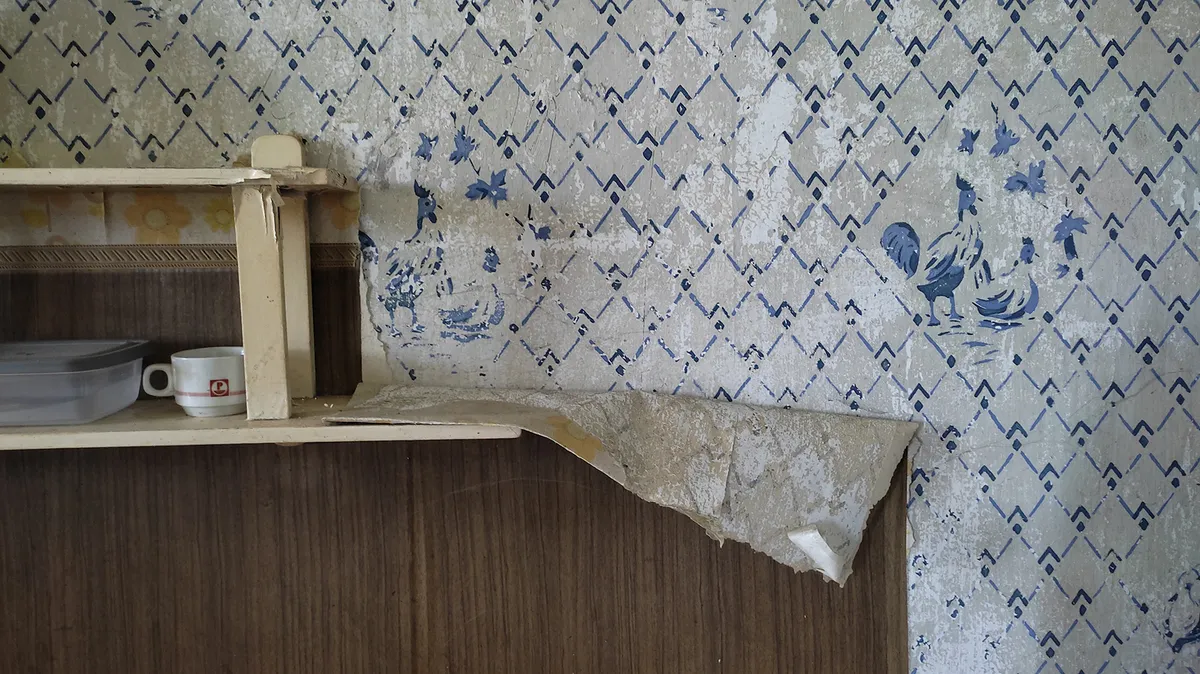
1/1

Author(s) / Team representatives
miljena vučković
Profession
Spatial Designer, Scenographer, Architect
Website
Photo credits/design
miljena vučković
Text presentation of the author in English
All I do revolves around Space. Various projects - theatre plays, performances, movies, music videos, corporate events, theoretical studies, spatial interventions and installations, photography, exhibition design, etc., equipped me with a diverse knowledge and skills set. As an experiential designer and an entertainment industry professional, I connect fields of set design and (creative) production.
I am vice president of “Scenatoria” - Organisation that deals with officially protected, but abandoned and neglected built heritage through “staging” arts in those spaces and education about these fields - walks, publications, workshops, etc. This sparked curiosity about mixed forms - performance with video projections, VR and MR in site-specific productions.
My particular interest and experience is in production of large scale cultural events and site-specific spatial interventions in urban and heritage locations, and in the topics like presentation of space and space as context of presentation, mutual influence of people, space and stories, connecting past and present through cultural activities, historical locations / heritage activation and interpretation, improvement and interpretation of city through art in public / open spaces, and related;
Enjoy working manually and exploring materials, finding new and unexpected uses for existing objects. I work as an independent professional, cooperating with a multitude of collaborators on ongoing and development of future projects.
Text abstract in English
This text explores the phenomenon of the city and state as a movie / shooting location and the influence the filming industry has on (real) space.
Inspired by an ever growing and more present phenomenon in the last years in eastern European countries - with a spreading tendency in Mediterranean and Baltics - to compete in offering better conditions for foreign companies, this text will reflect on typical processes in usage of space as shooting location and consequences it has. From finding locations, their treatment - occupation to integration of locals, production design interventions in built and natural environments with the aim of their adaptation into scenes, to (not) returning the location in previous condition, and others.
Changes in video content consumption (Netflix, HBO, bing) indirectly influence physical and public space.
Reasons and causes for this trend are plenty: firstly tax incentives, i.e. return of taxes to foreign film companies and productions even up to 35-45%, than well educated and trained professionals that works for lover wages than in western Europe and USA, non-existing syndicate, locations that are (still) fresh and easy to cover for epoch, regulations that benefit productions, openings of new studios that compete for clients by offering unreal conveniences and other.
The key problems created by this are: siege of the cities (Budapest is particularly burdened, but Belgrade also because of an already bad traffic situation), then due to fees raise local productions having no means to employ local professionals, and influence on small local communities when shooting outside of large centres.
Somewhere - as a reaction to new circumstances - national film centres as regulatory bodies completely cancelled financing movies, which turned movie professionals into purely goods for rental for foreign productions, and abandonment of any kind of cultural politics of creation and maintenance of local cinematography.
Among the positive effects one can notice improvement and modernization of equipment, growth and development of scenographic funduses (which also follows the rise in demand in entertainment industry and changes in corporate culture), improvement techniques and larger availability of technology, while standardisation of shooting processes can be seen both as a positive and negative trend.
Partially comparable with tourism, this industry simultaneously popularise city / state / region actually, but also destroys these
